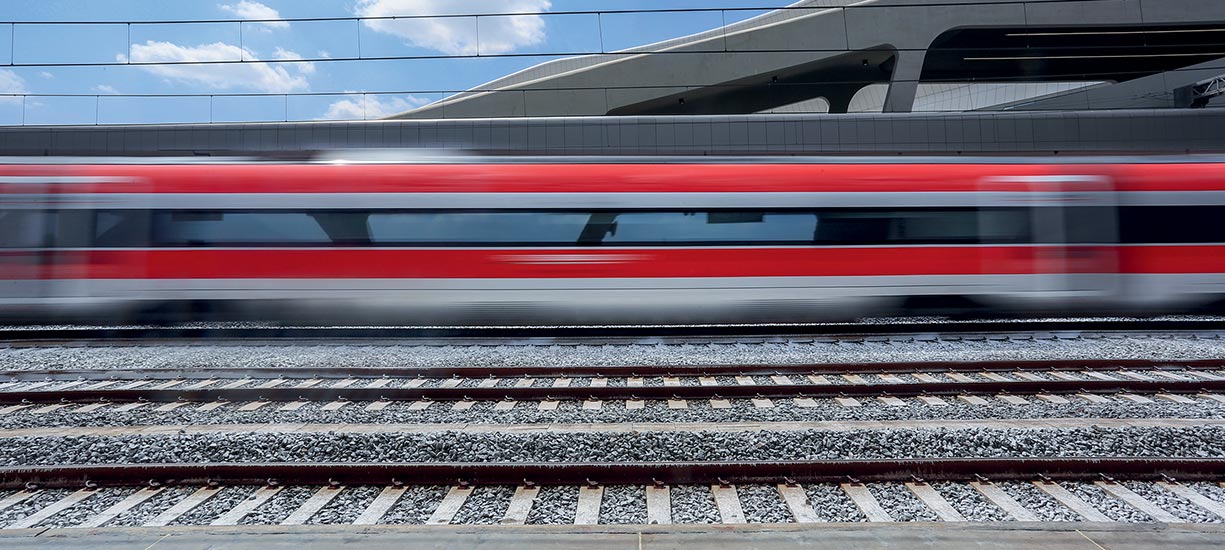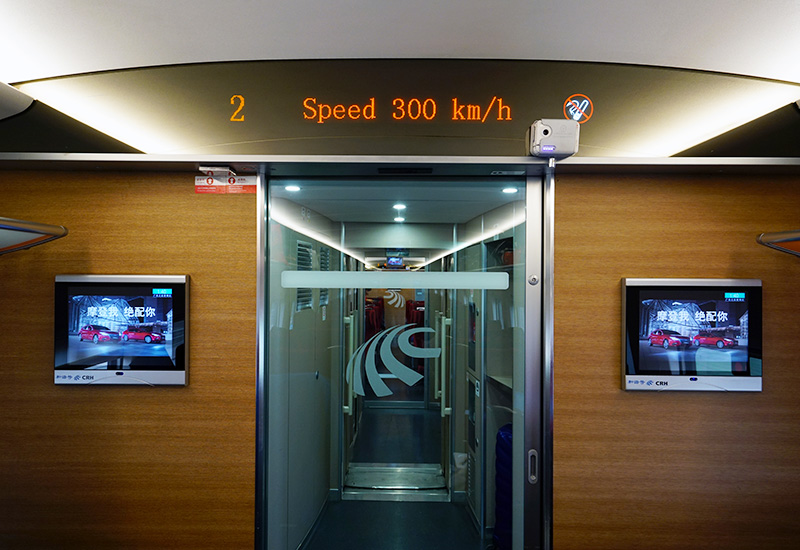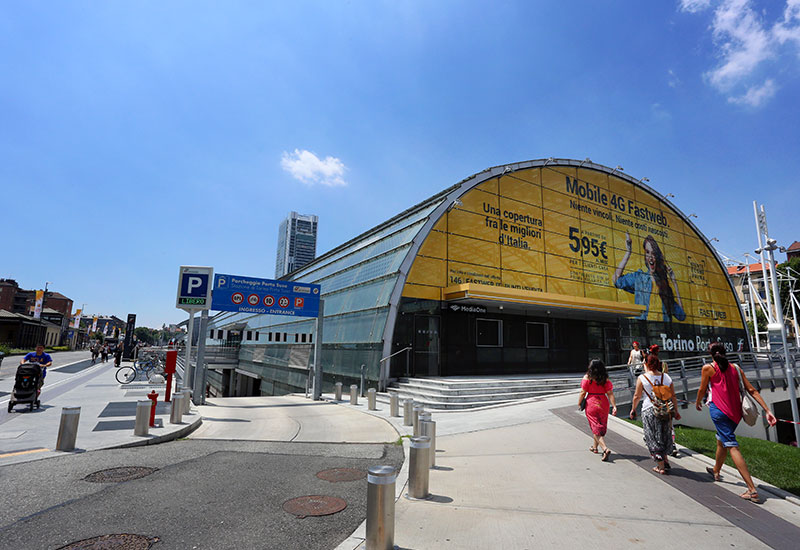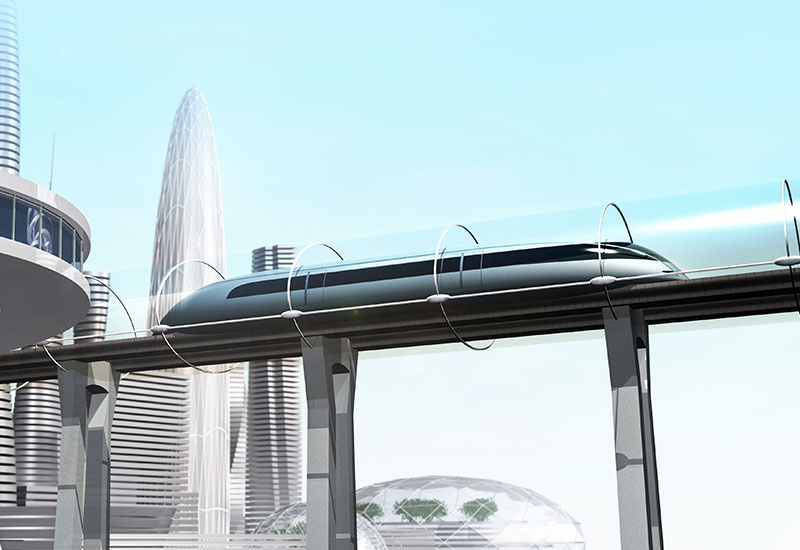
Speed records for rail
Speed is an essential factor in the success of any train, and this is why for the past fifty years the global railway industry has pursued this objective: increasing speed. Establishing a speed record for rail is a major challenge, to explore the limits of rolling stock and infrastructure at maximum speed, to promote the technological performance of equipment, and to prepare the trains of the future. If the Japanese are the champions of speed (603 km/h) with the magnetic levitation train Maglev, the world records for speed on rail are held by France. The most recent, set at 574,8 km/h, dates back to 2007. This record is a collective victory shared by rail industry companies and the approximately three hundred engineers and technicians assigned to the operation. Over a period of many months, the choice of route, adjustment of rolling stock and infrastructure, and many test runs harnessed the skill and knowledge of these rail teams.
Summary
RECORDS CONFIRMED
In 1829, Rocket by George and Robert Stephenson (Great Britain) accomplished the feat of running on a railway at an average speed of 20 km/h with peak speed at 48 km/h. At the beginning of the 20th century, Germany exceeded 200 km/h, but since 1952 France has accumulated multiple world rail speed records. As early as 1955, France earned the world speed record of 331 km/h with an electric locomotive. In 1981, a TGV trainset reached 380 km/h on a section of the Paris-Sud-Est LGV; in 1990, TGV broke through at 500 km/h (515,3 km/h) on a section of the Atlantique LGV; and in 2007, a TGV test trainset reached 574,8 km/h. This is the last world record set at the current time. China holds the record for commercial speed (350 km/h) with the CRH3, a Velaro-type trainset. As for magnetic levitation trains, the Japanese are in the lead with a 2015 maximum speed record (603 km/h) with the Maglev, while the Chinese have reached the speed of 501 km/h with the Shanghai Transrapid.
THE 2007 FRENCH SPEED RECORD
A speed record is prepared over a long period of time. The operation code for 2007 was V150, for 150 m/s, or a target speed of 540 km/h. To reach this maximum speed, an exceptional preparation of both track and train was required. In 2007, test runs took place on a section of high-speed rail line, using a slightly-modified TGV test trainset. Modifications dealt primarily with an augmentation of engine power, improved stability of motor bogies, and increased catenary tension.
THE RECORD-HOLDING TRAINSET
The record-holding trainset was established over a period of months of preparation and test runs: two Alstom motors frame three Duplex cars, with two intermediary bogies that were also motorised. For Alstom, these bogies represented the opportunity to highlight distributed power (multiple drive motors spread throughout the trainset) for the first time on a TGV. For the central car, which used two specially-designed articulated bogies, the choice was made for a “bar” trailer (R4), whose lower level was redesigned to accommodate power converters to provide energy for the new motors.
The design also included, in order: the front car (without current collection), the R8 trailer (lab car, with an Agence d’Essai Ferroviaire upper level and Alstom below), the R4 trailer (room equipped with video screens on the upper level, and AGV traction chain below), the R1 trailer (62 seats for invited guests and conference room), and the rear motor (with current collection).
IMPROVING AERODYNAMICS
The future record-holding trainset sits “high on its wheels”, as the diameter of these is wider than new “series” wheels: 1,092 mm instead of 920 mm. This choice is linked at the fact that at equivalent motor rotation speeds, this will make it possible to increase train speed.
As TGVs are equipped with a roof line that distributes current captured by one of the motors all along the trainset, the use of a single pantograph has contributed to a reduction of aerodynamic profile. Improvements were also made to other critical sites along the trainset: refitting of the car roof and the undercarriage, installation of rubber flaps in the space between trailers, lowering of the guard rail beneath the motors… An ensemble of measures taken to allow for “smoothing” the trainset, thus reducing its resistance force by 15% when transitioning into various speed ranges.
TEST RUNS
Thus equipped, the V150 trainset won the East European LGV in January 2007, and began test runs on the segment between kilometres 264 and 114, in the “Province – Paris” direction, with a tilt of 130 mm in eleven curves, raised electric voltage and catenary mechanics, a blockage of mobile switch blades, flattening of the rail surface and great care taken with ballast level to prevent displacement with the passage of a speeding train.
After numerous tests, the trainset was officially presented on 26 March 2007, clad in new film-coated livery across the front, roof and sides, symbolising the train’s aerodynamic flow.
D-DAY
On April 3rd, the TGV trainset began its first un at 1:01 pm, at km 264 (Meurthe-et-Moselle). At full speed, within 10 minutes the V150 pulverised the 1990 record, then crossed the Meuse Station switches at 530 km/h and reached the speed of 150 m/s. First mission accomplished. The next step was to attain the deliberately limited speed of 570 km/h with an additional margin of 5 km/h. Between 1:13 pm and 1:14 pm, the train ran above 570 km/h at about kilometre 193.9. Powered down, the TGV then completed its run. The entrance into Champagne-Ardenne Station, a few minutes later, was triumphant: the official record was 574.8 km/h and Eric Pieczak, the train driver, was the hero of the day. For the next three weeks, a series of expeditions were recorded at over 500 km/h, which allowed for the logging of unprecedented data that would provide vital information to develop trains for the future.







